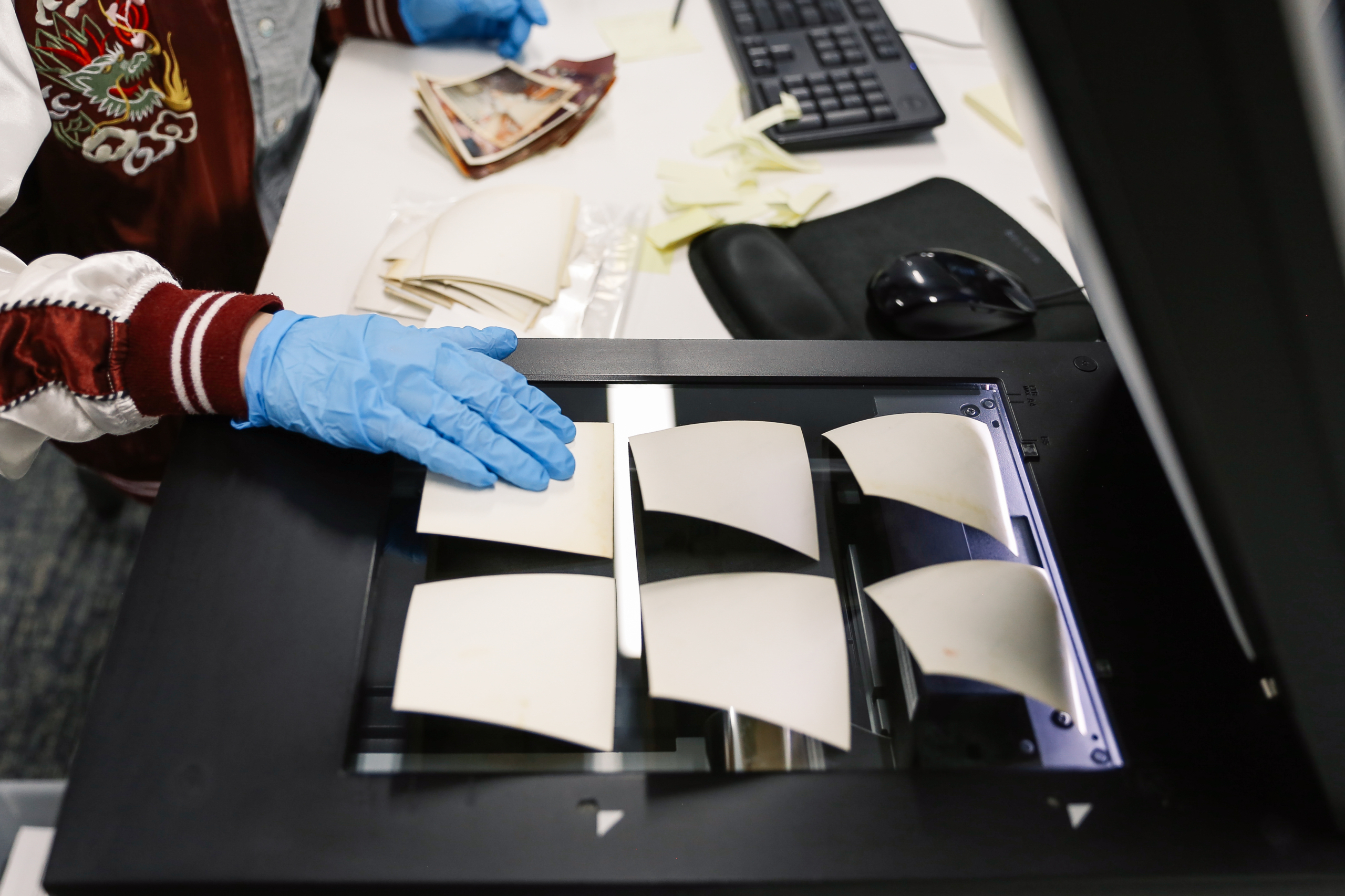In the world of professional photography, there’s an often-debated topic: analog vs digital.
The difference between analog and digital cameras is more involved and detailed than you might expect. This article explores the key differences between the two so you can understand what’s best for your specific needs.
THE DIFFERENCE BETWEEN ANALOG AND DIGITAL
From detail capture to cost efficiency, here are the main differences between analog and digital photography.
ANALOG CAMERAS USE FILM
The number one difference is that analog cameras use film to capture photos. Additionally, rather than having an LCD screen on the back of the camera, which allows you to choose your settings, they have manual dials and buttons on the camera’s body that change the camera’s settings.
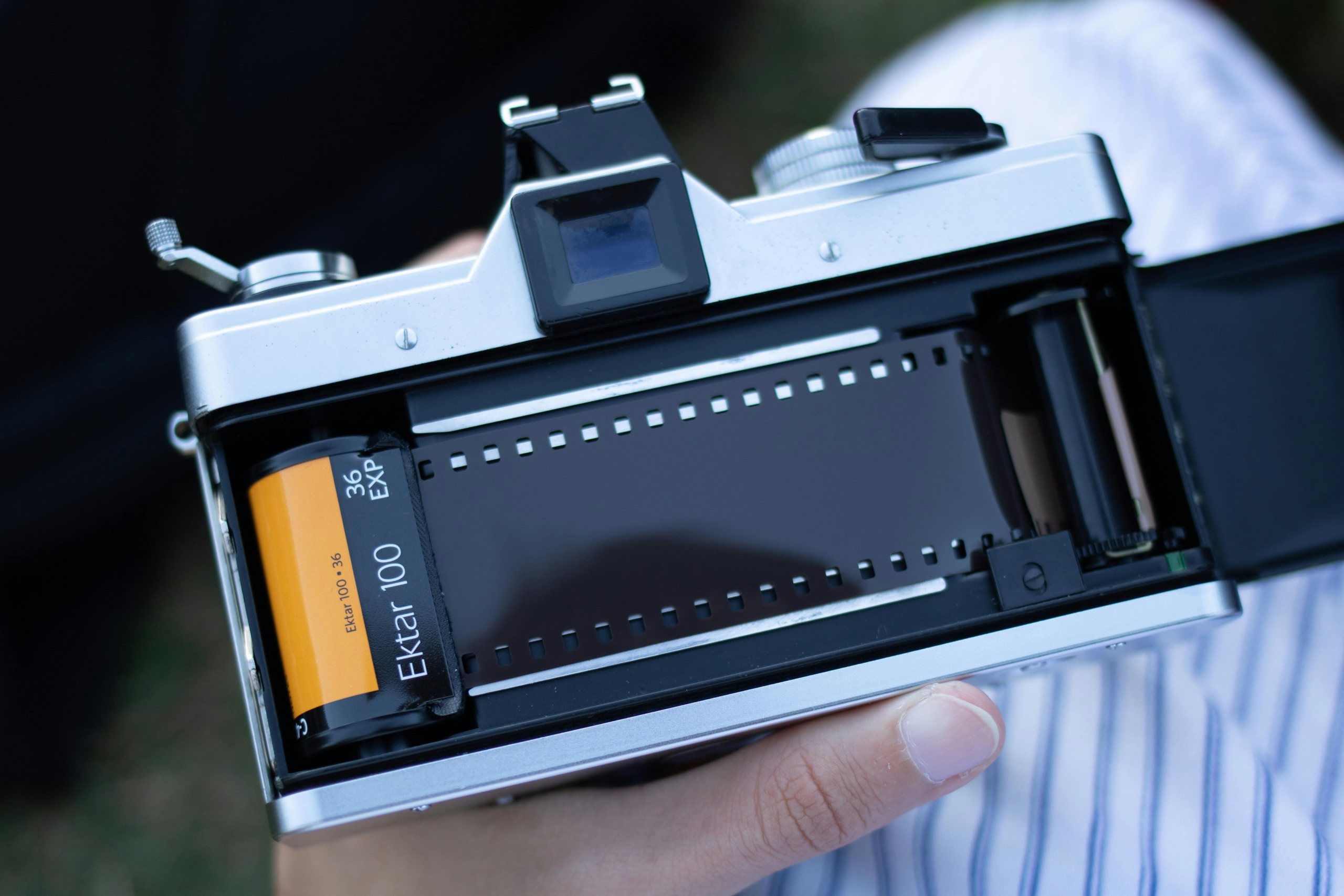
DIGITAL CAMERAS PRODUCE IMAGES DIGITALLY
It’s right there in the name—digital cameras produce digital images rather than using film, which has to be developed.
Most digital cameras have a screen on the back. Here, you can cycle through settings that are much more fine-tuned than those on an analog camera. On this display, you can also instantly see any photos that are captured instead of having to wait to develop a roll of film.
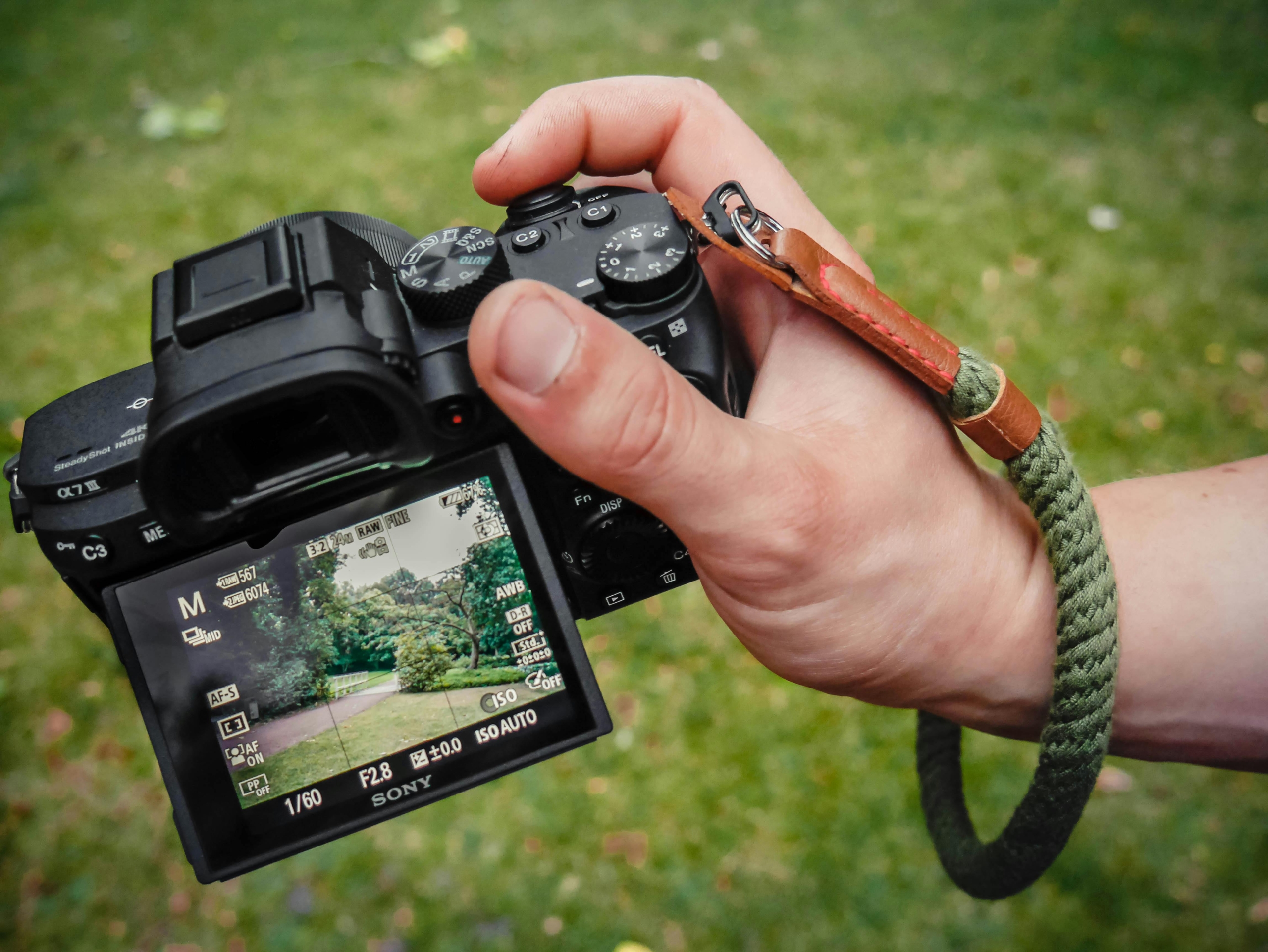
ANALOG BETTER CAPTURES DETAILS
Analog cameras are often praised for their superior ability to capture details in photographs. This mostly comes from the chemical process—the physical medium allows light to be captured in a continuous, analog manner.
Similarly, black-and-white photography is better with analog cameras, as the film is better suited for capturing subtleties of light and shadow.
Film’s high resolution and fine-grain structure also contribute significantly to its detailed capture. The absence of a pixel grid, which is present in digital images, means you don’t lose any detail due to pixelation or digital compression.
Also, the colors and textures captured on film often translate into a more lifelike and nuanced image. This richness in detail makes film particularly valuable in artistic and professional photography, where photographers aim to capture the essence of a subject.
Despite being a little more labor-intensive and time-consuming, lovers of analog cameras and film return to the medium over and over again because of the depth and authenticity it provides—which is often unmatched by digital counterparts.
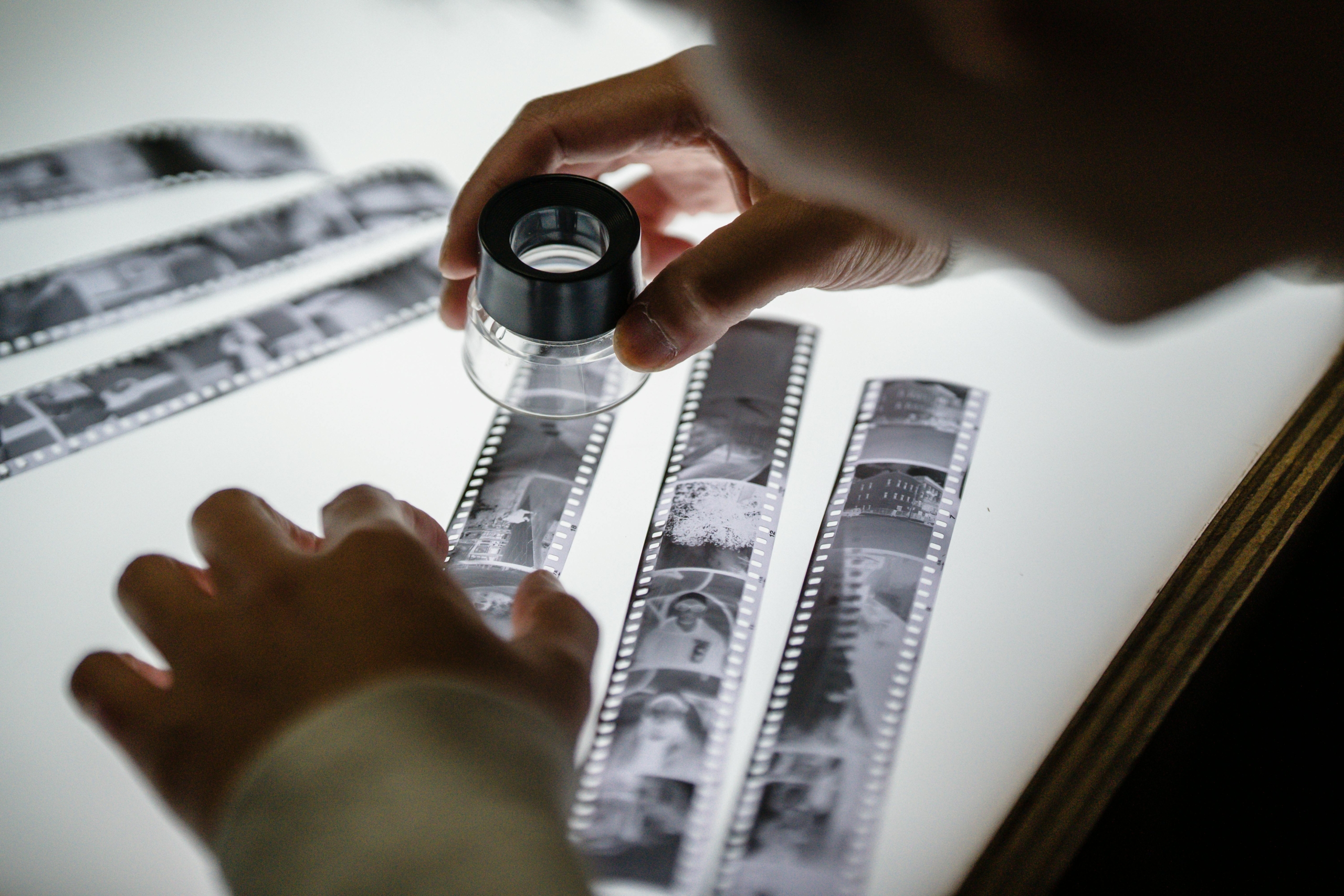
DIGITAL CAMERAS TAKE MORE PHOTOS
An undeniable benefit of digital cameras is that they can take far more photos than a standard analog camera. While analog cameras use film, digital cameras store images on a memory card inserted into the body of the camera.
Memory cards (SD cards are the most popular format right now) can store thousands of images, depending on the card’s capacity and the resolution of the photos. Unlike film rolls, which typically limit you to 24 or 36 exposures, SD cards allow for extensive shooting without requiring frequent changes or carrying multiple rolls of film.
A typical size for a camera’s SD card is 16GB, which can hold a few hundred images. These SD cards are reusable and can be cleared and reused countless times, offering a sustainable and economical solution versus constantly buying film.
Plus, if you run out of room and can’t immediately upload your images to a computer, you can delete photos from the camera to free up some space.
Another benefit of digital files is that they can be backed up to multiple locations, ensuring that your photos are never lost.
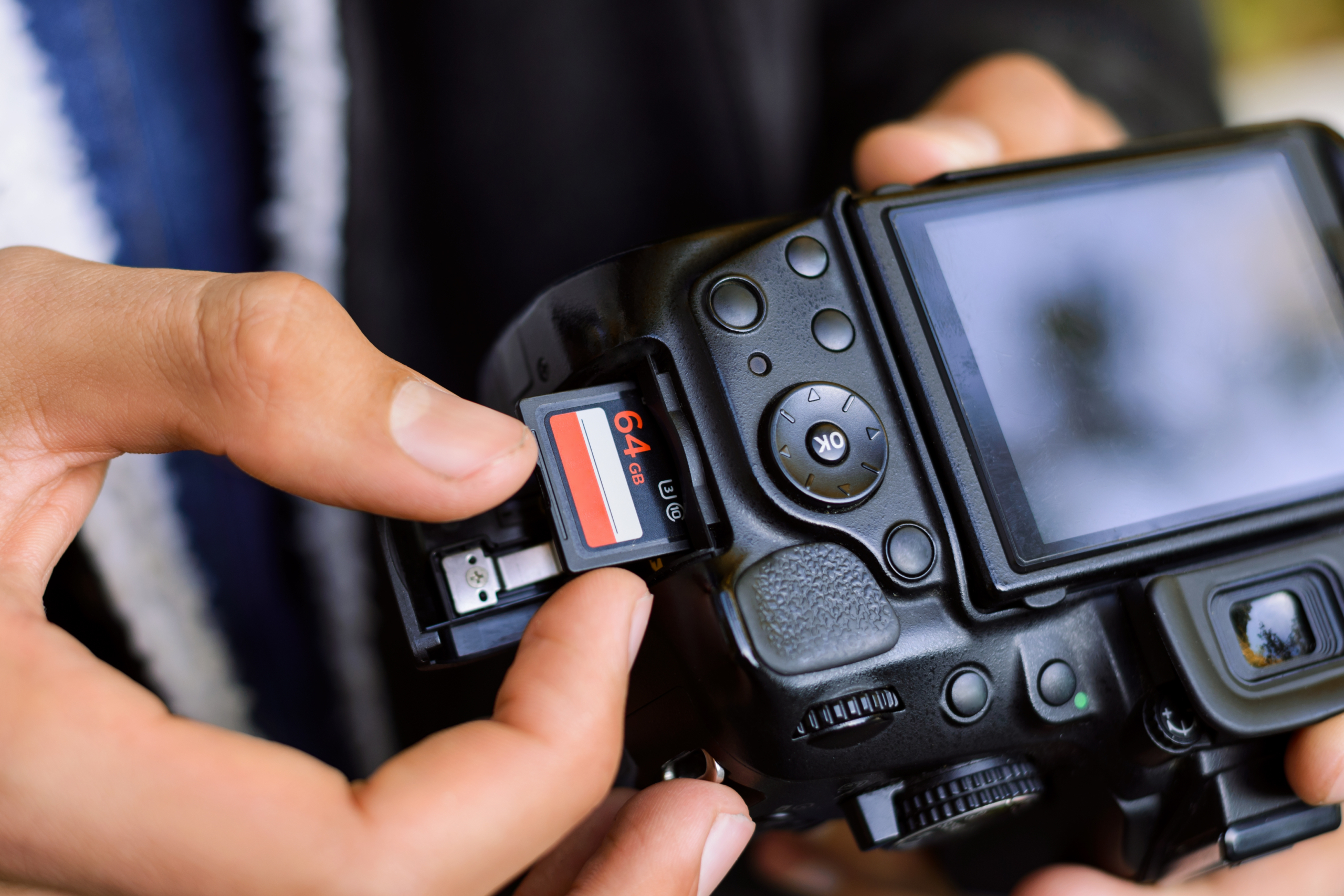
ANALOG CAMERAS REQUIRE MORE SET-UP
Analog cameras require more set-up and careful consideration before taking a shot. Because a roll of film has limited exposures, you can’t just continue taking shots until you get the perfect one. Each frame taken by an analog camera is precious.
This means that photographers need to engage more deeply with their subjects, paying careful attention to angles, framing, and overall composition to ensure that each shot counts. This often results in more thoughtfully crafted images.
Preparation is key in analog photography. Most analog cameras require manual adjustment to settings such as shutter speed, aperture, and ISO. Photographers need to have a solid understanding of photographic principles and how different settings impact the final image.
Similarly, without the immediate feedback provided by digital screens, analog photographers rely on their skills and experience to get the shot right the first time.
DIGITAL CAMERAS ARE LESS EXPENSIVE
Despite the initial high upfront purchase cost, digital cameras tend to be less expensive in the long run than analog cameras. This is mainly due to the ongoing expenses associated with film photography.
Analog photography involves continuous purchases of film rolls and developing services. Even if you choose to develop photos yourself, you’ll need equipment and chemicals to do so.
Depending on how many photos you take and the type of film you use, these costs can add up quickly over time.
Meanwhile, digital cameras use reusable storage media to store images. Once you purchase an SD card, it can be used indefinitely to store thousands of photos, eliminating that recurring cost.
Finally, digital images can be printed selectively, allowing photographers to print only the best shots. With analog photography, entire rolls of film must often be developed and printed to see the results.
ANALOG PICTURES NEED TO BE DIGITIZED
Digital cameras capture images in digital formats right from the moment the photo is taken, which can easily be transferred to a computer, backed up, or shared online.
In contrast, analog film needs to be developed first and then digitized by a professional. High-quality scanners are used to convert the physical film or prints into digital files, ensuring that the details and quality of the original images are preserved.
EverPresent specializes in converting analog media, including film negatives and printed photographs, into high-quality digital files. Our service gives you peace of mind that your precious memories are preserved and easily accessible and shareable with friends and family.
Get in touch today to start the process of digitizing your photo collection.
